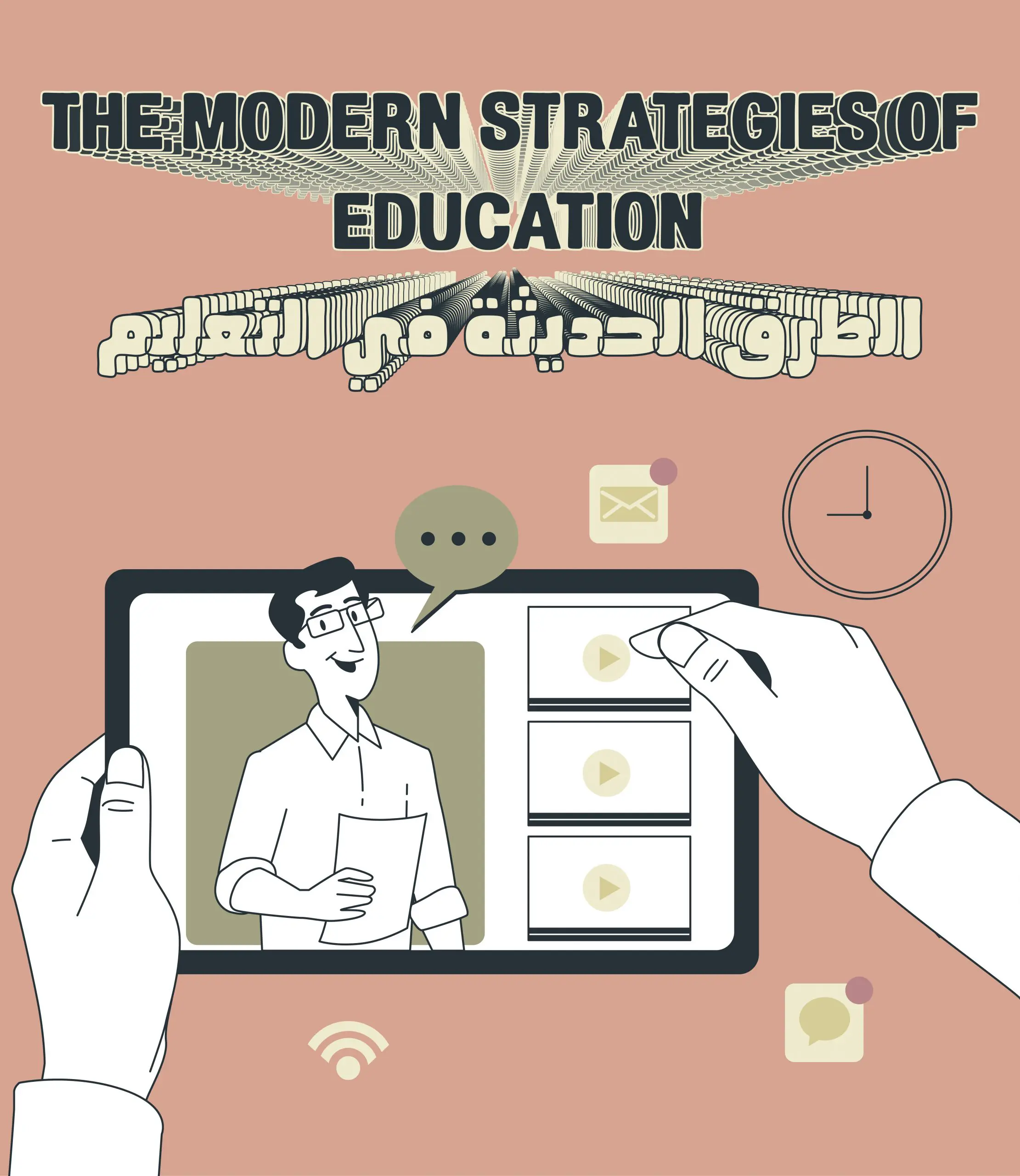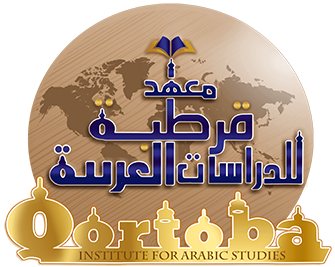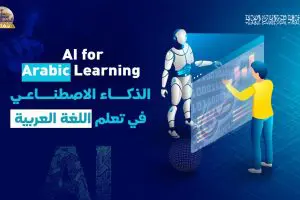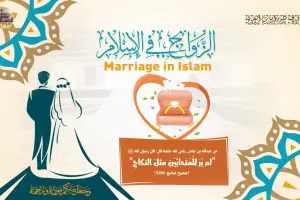
The modern strategies of education
Introduction:
Teaching methods were and still are very important especially for class teaching. So the educators focused the majority of their research efforts during the last century on the different methods of teaching and the benefits resulting in a desirable educational outcome for students in various education stages. Because of the great interest in the teaching method, there is a saying “A successful teacher is only a successful method”. Teachers were trained to use various methods in teaching to achieve easy and successful results.
That’s why the oldest definition for teaching methods is the easiest for teaching and learning.
Strategies of educating:
Brainstorming
Definition of Brainstorming:
It means generating and producing creative ideas and opinions from individuals and groups to solve a specific problem and these ideas and opinions are good and useful. Which is putting the mind in a state of excitement to think in different ways to generate the largest amount of ideas related to the problem, so that the individual is in a free state of mind that allows various opinions and ideas to emerge
Teaching objectives by brainstorming
1- Activating the role of the student in educational situations.
2- Motivating students to generate creative ideas on a certain topic, by searching for the correct answers, or possible solutions to the problems shown to them
3- Students will get used to respecting and appreciating the opinions of other people.
4- Students get used to benefiting from the ideas of others by developing and building on them.
Brainstorming session steps
The brainstorming session passes through several stages; each must be performed in a certain way to ensure its success. These stages include the following:
1- Defining and discussing the problem (the topic): Some of the students may be fully aware of the details of the topic, while others have a simple idea about it. And in this situation, the leader of the group has to give the participants a brief introduction of what the topic is about, as giving them a detailed one will limit their thoughts to certain ideas.
2 – Rephrasing the topic: The participants at this stage are asked to leave the scope of the topic as it is and to define its different dimensions and aspects again, as the topic may have different aspects.
It is not required to give solutions, only rephrase the topic by asking questions related to it. These questions must be written in a clear spot so everyone is capable of reading the
3- Creating the atmosphere for creativity and brainstorming: The participants in the brainstorming session need to prepare themselves, and the preparation process takes around 5 minutes where they train to answer the questions the leader asks for example trying to learn Arabic will be much easier if the students start with 5 minutes Arabic conversation so With time speaking Arabic will be easier.
4- Brainstorming: The leader will write the question or questions that were chosen by rephrasing the topic in the second stage and will ask the participants to present their ideas and will write them quickly on a board that is in a clear place for everyone to see them with numbering the ideas according to the sequence of their arrival, and the leader can then invite the participants to reflect on the presented ideas.
5-Identify the strangest idea: When participants are about to run out of ideas, the operator leader may invite participants to choose the strangest and most distant ideas on the subject and ask them to think about how to turn these ideas into a useful practical idea.
6- Assessment session: The goal of this session is to evaluate ideas and determine what can be taken from them. Sometimes the new ideas are very prominent and clear. But in the past, the specific thoughts are buried and difficult to identify. We are usually afraid to be neglected among dozens of less important ideas. And the process of revisionist thinking requires a kind of shrinking thinking that seemed With dozens of ideas, and summarize them to the few that are neutral.
Teamwork strategy:
What is the strategy of group learning and working in small groups?
What is the concept of cooperation?
Working together to achieve common goals
With small groups of varying caliber
Who is responsible for the success of this miniature group?
The professor is first in charge of group business success and then family
What are teamwork goals?
1- Cognitive or social acquisition for which a group and individuals belong
2- Active learning
How is cooperative learning implemented?
1- Divide pupils into smaller groups of 3-4 organs
- They are given specific duties
Efforts will result in collective action
4- All members are tied up in their efforts and cognitive and skill exchanges take place
What are the advantages of group learning?
1-Making the learner acquire practical competenc
2- The student develops a sense of responsibility towards himself and his community
3 Developing the spirit of cooperation to benefit others
4- A class for a follower and learn about the needs of his students
5 Exchange ideas between students by taking advantage of the dialogical method
6 – Respect each other’s opinions and accept ideas that differ from either of them Development of the scientific method of self-learning
8 -Training of students in problem solving and cooperation in finding a unified solution And decision-making in different situations in different forms.
Research extrapolation and viewpoint development
The teaching method based on narratively presenting information and facts is one of the traditional methods that is considered as one of the presentation methods “collection”, also this method is one of the oldest methods to be used by humans to transfer information and morals to children, and it’s one of the best methods to educate students especially children because it helps to get their attention and gives them a lot of information, historical and moral facts attractively and interestingly.
Terms of using the narrative teaching method:
To use this method there are some terms that teachers should observe while using:
1-there should be a connection between the story and the topic of the lesson
2-the story should be appropriate for the age and the mental level of the student
3-the story should be about ideas, information, and facts through which the goals are achieved. All with the teacher’s focus on the information that serves the goals so the student’s mind doesn’t go to the unimportant details and move away from the purpose of the story
4-the ideas, facts, and information in the story should be few so it doesn’t lead to distraction and lack of focus
5-the story should be told easily and interestingly to attract the students and make them listen and pay attention
6-the teacher shouldn’t use this method in situations that don’t need a story
7-the events presented in the story should be connected with the lesson
8-the teacher should use acting as much as possible and use educational means to help him achieve the purpose of the story.
In these conditions terms, it becomes clear that using the narrative teaching method requires the teacher to be equipped with stories that are appropriate for the level of the students in the stage he’s teaching and related to the topics of the syllabus. It’s also clear that this method can be used in social subjects, especially in history lessons and some branches of the Arabic language so studying Arabic is much easier as well as Islamic religion and Quran recitation.



